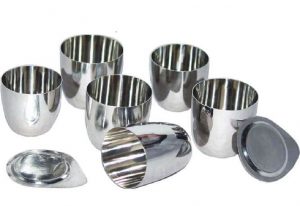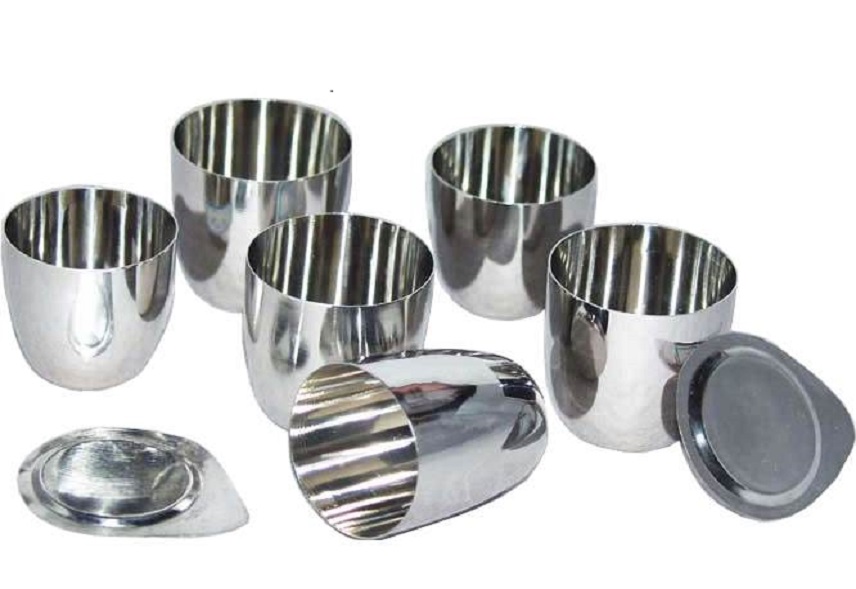Tantalum belongs to the refractory metal group and is widely used as a minor component in alloys. Its chemical properties are excellent, no matter whether it is cold or hot, it does not react with hydrochloric acid, concentrated nitric acid and “Aqua regia”. Its chemical inertness and relatively low price make it a good alternative to platinum. In addition, tantalum is also highly resistant to corrosion, but its corrosion resistance is not due to tantalum itself, but due to the formation of a stable tantalum pentoxide (Ta2O5) protective film on its surface. Tantalum can be used to manufacture evaporation vessels, as well as tubes, rectifiers, and electrolytic capacitors.

Tantalum, always together with the chemically similar niobium, is usually found in the mineral groups of tantalite, columbite and coltan (a mix of columbite and tantalite, though not recognised as a separate mineral species). So, how to get the tantalum of high purity?
1 Tantalum powder can be obtained by metal thermal reduction (sodium thermal reduction) method. The potassium fluotantalate is reduced with sodium metal under an inert atmosphere: K2TaF7 + 5Na-→Ta+5NaF+2KF. The reaction was carried out in a stainless steel tank, and the reaction was quickly completed when the temperature was heated to 900 °C. The powder prepared by this method has irregular grain shape and fine particle size, and is suitable for making tantalum capacitors.
2 The tantalum powder can also be obtained by molten salt electrolysis: a molten salt of a mixture of potassium fluoroantimonate, potassium fluoride and potassium chloride is used as an electrolyte, and tantalum pentoxide (Ta2O5) is dissolved therein and electrolyzed at 750 °C. This method can obtain a bismuth powder having a purity of 99.8 to 99.9%.
3 Tantalum can also be obtained by carbothermal reduction of Ta2O5. The reduction is generally carried out in two steps: first, a mixture of a certain ratio of Ta2O5 and carbon is made into tantalum carbide (TaC) at 1800 to 2000 ° C in a hydrogen atmosphere. Then, TaC and Ta2O5 are prepared into a mixture in a certain ratio, and reduced to tantalum in a vacuum.
4 Tantalum can also be obtained by thermal decomposition or hydrogen reduction of chloride. The dense metal crucible can be prepared by vacuum arc, electron beam, plasma beam melting or powder metallurgy.
Stanford Advanced Materials (SAM) Corporation is a global evaporation material and sputtering target manufacturing company. We provide tantalum sputtering targets and tantalum evaporation materials of high quality and at a competitive price. And we regularly update industrial knowledge and news on our website. If you are interested, please visit https://www.sputtertargets.net/ for more information.





